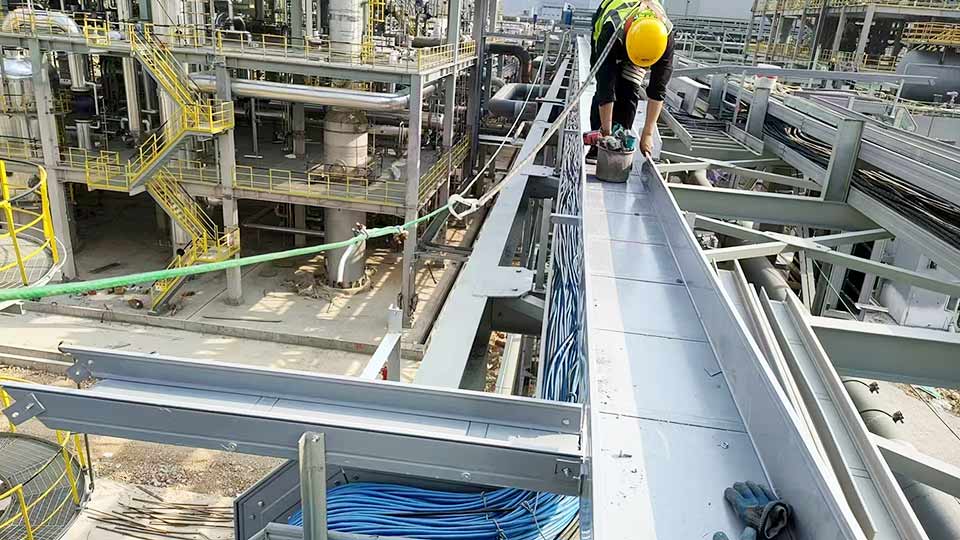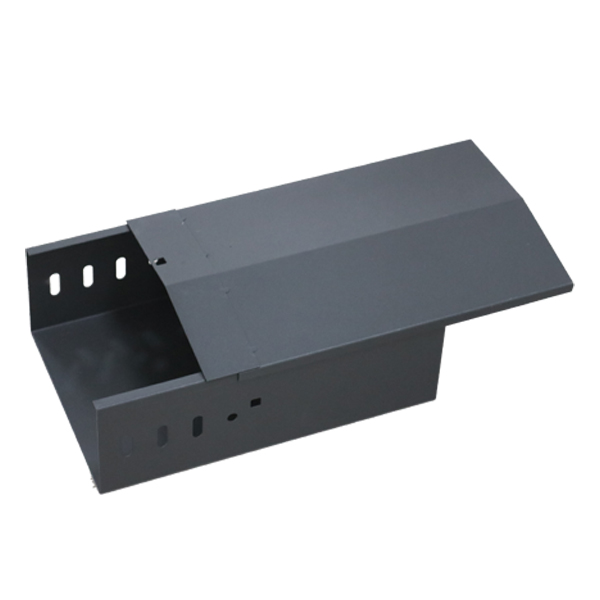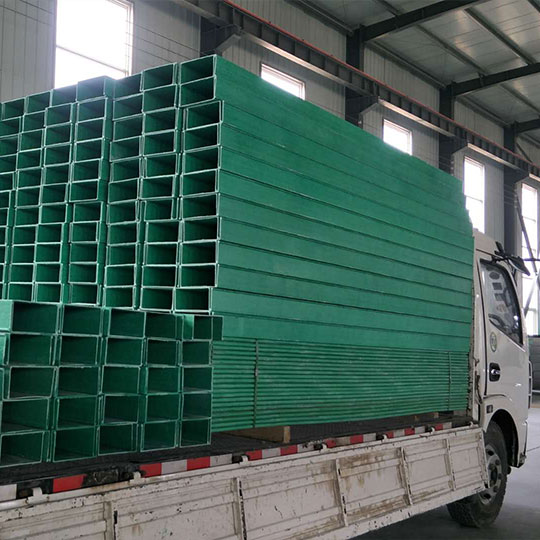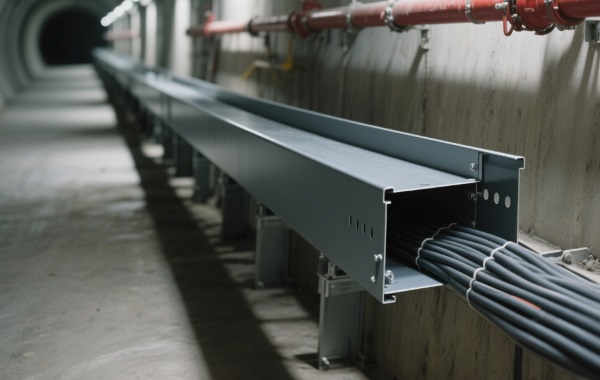Table of Contents
Introduction
Outdoor cable trays play a crucial role in protecting electrical wiring in industrial, commercial, and infrastructure projects. Exposure to sunlight, rain, corrosion, and temperature changes can severely impact cable performance. That’s why choosing the right outdoor cable tray is essential for ensuring long-term reliability and safety. In this blog, we’ll explore how to select the best outdoor cable tray, the materials used, their advantages, and how they contribute to efficient cable management systems.

Understanding Outdoor Cable Trays
An outdoor cable tray is designed to support and protect electrical cables in open or exposed environments. These trays are commonly used in power plants, communication towers, factories, and renewable energy facilities where cables are subjected to weather and environmental stress. The primary goal is to provide a strong, corrosion-resistant structure that maintains cable performance and prevents hazards.
Key Materials Used in Outdoor Cable Trays
Selecting the right material determines the tray’s durability and performance. Below is an overview of commonly used outdoor cable tray materials:
| Material Type | Main Features | Ideal Application |
|---|---|---|
| Galvanized Steel | Corrosion-resistant, cost-effective | General outdoor installations |
| Stainless Steel | High strength, rust-proof, long service life | Harsh and coastal environments |
| FRP (Fiberglass Reinforced Plastic) | Lightweight, UV-resistant, chemical-proof | Chemical plants, outdoor utilities |
| Aluminum | Lightweight, non-magnetic, corrosion-resistant | Offshore and rooftop installations |
| PVC Coated | Weatherproof and impact-resistant | Industrial and commercial facilities |
According to industry research by Market Research Future (2024), the demand for outdoor-rated cable management systems is growing at a CAGR of 6.3%, largely driven by infrastructure expansion and renewable energy projects.

Design Considerations for Outdoor Cable Trays
When designing an outdoor cable tray system, engineers should evaluate several critical factors:
- Load Capacity: The tray must support cable weight and withstand external loads such as wind or snow.
- Corrosion Resistance: Materials like stainless steel or FRP ensure durability under moisture and salt exposure.
- Thermal Expansion: Metal trays expand under heat; expansion joints prevent structural deformation.
- UV Protection: Trays exposed to sunlight must have coatings that prevent material degradation.
- Drainage Design: Proper perforations prevent water accumulation and cable insulation damage.
Types of Outdoor Cable Trays
Outdoor installations often use specific tray structures designed to enhance performance and ease of maintenance. Common types include:
- Ladder Cable Tray: Offers high ventilation, suitable for heavy-duty cables.
- Perforated Cable Tray: Ideal for medium load support with better heat dissipation.
- Channel Cable Tray: Used for short runs and aesthetic installations.
- Wire Mesh Cable Tray: Flexible and easy to modify on-site.
Installation and Maintenance Tips
For long-lasting performance, proper installation and regular inspection are essential:
- Ensure trays are properly grounded to prevent electrical faults.
- Use corrosion-resistant fittings and clamps.
- Avoid overloading to maintain structural integrity.
- Inspect joints and fasteners periodically for corrosion or looseness.
- Apply anti-corrosion coatings in coastal or humid environments.
Advantages of Outdoor Cable Trays
Outdoor cable trays offer multiple benefits for infrastructure and industrial projects:
- Efficient cable management and routing flexibility
- Reduced installation and maintenance cost
- Excellent environmental protection and mechanical support
- Easy future expansion and reconfiguration
- Compliance with international safety standards such as IEC 61537
Environmental Impact and Sustainability
Modern outdoor cable trays, especially those made from FRP and aluminum, are designed with sustainability in mind. Many manufacturers, including Yidian, focus on producing recyclable materials and long-life designs that minimize waste and maintenance frequency. This approach supports greener construction practices while maintaining high safety standards.

Applications of Outdoor Cable Trays
Outdoor cable trays are widely used in:
- Power generation and distribution facilities
- Solar farms and wind energy systems
- Transportation infrastructure
- Oil and gas refineries
- Telecommunication and data centers
Conclusion
Outdoor cable trays are a crucial component of modern electrical systems. Their ability to protect and organize cables under harsh environmental conditions makes them indispensable for industrial and infrastructure projects. Whether you need stainless steel, FRP, or galvanized cable trays, choosing the right supplier is vital for performance and longevity.
Looking for reliable outdoor cable tray solutions?
Contact Yidian today to get expert advice and high-quality cable trays tailored to your project’s needs.
FAQ
What makes an outdoor cable tray different from an indoor one?
Outdoor trays are made with corrosion-resistant materials and UV protection to withstand environmental exposure.
Which material is best for outdoor cable trays?
Stainless steel and FRP are most recommended for their weatherproof and long-lasting properties.
How often should outdoor cable trays be inspected?
At least once every 6 to 12 months, depending on the environmental conditions.
Can outdoor cable trays handle high temperatures?
Yes, most metal and FRP trays are designed to perform under a wide temperature range.
Does Yidian provide custom outdoor cable tray solutions?
Yes, Yidian offers tailored designs based on project requirements, materials, and environmental conditions.



